You might not realize how much your posture impacts your daily life, from comfort levels to overall health. By exploring natural care solutions, you can take a proactive approach to improve your alignment and well-being. Simple adjustments, mindful practices, and specific exercises can make a significant difference. But what if you could enhance not just your posture, but also your mental clarity and energy levels? Understanding the interconnectedness of body and mind could be the key to revealing your potential. Let's consider the first steps to achieving a more balanced posture.
Understanding Posture and Its Impact
Good posture isn't just about standing tall; it plays a crucial role in your overall health and well-being. When you think about posture, you might picture how you sit or stand, but it's much more than that. It's the alignment of your body in relation to gravity, and it affects how you move, breathe, and even think.
You mightn't realize it, but poor posture can lead to a variety of issues. For instance, when you slouch, your spine curves unnaturally, which can cause strain on your muscles and ligaments. This discomfort doesn't just linger in your back; it can radiate to your neck and shoulders as well.
You may find that your energy levels drop, making it harder to focus on tasks or enjoy activities.
Moreover, posture impacts your organs. When you hunch over, you compress your lungs and digestive organs, limiting their function. This can lead to breathing difficulties and digestive issues, which you probably don't want to deal with.
Understanding your body's alignment can empower you to make changes. You can practice being more aware of your posture throughout the day—while sitting at your desk, standing in line, or even walking.
Benefits of Good Posture
Good posture can greatly enhance your breathing capacity, allowing for deeper, more efficient breaths.
You'll also notice how standing tall can boost your mood and confidence, making you feel more empowered throughout the day.
Let's explore these benefits and how they can transform your overall well-being.
Enhanced Breathing Capacity
When you maintain proper posture, you're not just standing tall; you're also enhancing your breathing capacity. Good posture allows your lungs to expand fully, enabling you to take deeper, more efficient breaths. This increased oxygen intake boosts your overall energy levels and can improve your focus throughout the day.
When you slouch or hunch over, you compress your lungs and diaphragm, restricting airflow. By sitting or standing with an upright spine, you create ample space for your lungs to function effectively. You'll find that you can breathe more freely and effortlessly, which is vital for both physical activity and mental clarity.
Moreover, enhanced breathing capacity can help reduce stress and anxiety. When you're able to breathe deeply, you're more likely to activate your body's relaxation response, leading to a calmer state of mind. This is especially beneficial during stressful situations when you might feel overwhelmed.
Incorporating posture correction exercises into your daily routine can greatly contribute to better breathing. Simple adjustments, like aligning your head over your shoulders and your shoulders over your hips, can make a world of difference.
Embrace these changes, and feel the positive effects on your breathing and overall well-being.
Improved Mood and Confidence
Posture doesn't just impact your physical health; it plays a significant role in your emotional well-being too. When you stand tall and maintain proper alignment, you're not just boosting your physical presence; you're also enhancing your mood and confidence.
Good posture sends signals to your brain that you're in control, which can lead to a more positive outlook.
Here are some ways improved posture influences your mood and confidence:
- Reduced Stress: Standing or sitting up straight can decrease tension and anxiety.
- Increased Energy: A strong posture allows better blood flow, making you feel more energetic.
- Heightened Self-Esteem: When you hold your head high, you naturally exude confidence.
- Better Brain Function: Proper alignment can improve focus and cognitive performance.
- Positive Body Language: Good posture communicates openness and approachability, making social interactions easier.
Body Awareness Techniques
Enhancing your body awareness can greatly improve your posture and overall well-being. By tuning into your body's signals, you can identify areas of tension and misalignment that contribute to poor posture.
Start by practicing mindfulness techniques. Take a few minutes each day to sit quietly and focus on your breath. Notice how your body feels in different positions and how it responds to stress.
Another effective technique is to perform body scans. Lie down in a comfortable position, and mentally check in with each part of your body, from your toes to your head. Pay attention to any sensations or tightness you feel. This practice helps you develop a deeper connection with your body and recognize areas needing attention.
Incorporating movement into your daily routine can also enhance body awareness. Try gentle activities like yoga or tai chi, which encourage mindful movement and improve your ability to notice how your body moves and shifts. Focus on how your weight distributes as you move through different poses or changes.
Lastly, consider using mirrors or video recordings to observe your posture during daily activities. This external feedback can help you recognize habits you mightn't be aware of.
Strengthening Exercises
To improve your posture, you need to focus on strengthening exercises that target key areas.
Core stability workouts, upper back strengthening, and flexibility and mobility exercises can make a significant difference.
Let's explore how these movements can help you stand tall and feel great.
Core Stability Workouts
Strong core stability is essential for maintaining good posture and overall body alignment. When your core muscles are strong, you're better equipped to support your spine and reduce the risk of injury.
Incorporating core stability workouts into your routine can greatly enhance your posture. Here are some effective exercises to strengthen your core:
- Planks: Hold a plank position to engage your entire core.
- Bridges: Lift your hips while lying on your back to activate your glutes and lower back.
- Russian Twists: Sit with your knees bent and twist your torso to work your obliques.
- Bird-Dogs: Balance on all fours and extend opposite arm and leg to improve stability.
- Dead Bugs: Lie on your back and alternate extending opposite limbs to challenge your core control.
Upper Back Strengthening
A robust upper back plays an essential role in maintaining proper posture and preventing discomfort. Strengthening this area not only supports your spine but also enhances your overall stability. You can easily incorporate a few effective exercises into your routine.
Start with the "Bent-over Row." Grab a pair of dumbbells, hinge at your hips, and pull the weights towards your waist while squeezing your shoulder blades together. Aim for three sets of 10-15 reps.
Next, try the "Face Pull." Using a resistance band or cable machine, pull the band towards your face, keeping your elbows high. This targets your upper back muscles and promotes proper alignment—do three sets of 12-15 reps.
Another excellent exercise is the "Superman." Lie face down, extend your arms in front of you, and lift your arms and legs off the ground simultaneously, holding for a few seconds before lowering. Repeat for 10-15 reps.
Finally, don't forget the "Wall Angels." Stand with your back against the wall, arms bent at 90 degrees, and glide them up and down while maintaining contact with the wall.
Incorporating these exercises will help you build strength and support your posture effectively.
Flexibility and Mobility Exercises
Building upper back strength is just one part of enhancing your posture; flexibility and mobility are equally important. Incorporating flexibility and mobility exercises into your routine can greatly improve your overall alignment and reduce tension.
These exercises help you maintain a full range of motion, allowing your body to function more efficiently in daily activities.
Here are some effective flexibility and mobility exercises you can try:
- Cat-Cow Stretch: This dynamic stretch warms up your spine and improves flexibility.
- Shoulder Rolls: Simple yet effective, they release tension and promote shoulder mobility.
- Thoracic Spine Rotations: Enhance your upper back mobility with this exercise, perfect for countering desk posture.
- Child's Pose: A restorative stretch that helps relax your back and hips.
- Hip Flexor Stretch: essential for those who sit for extended periods, this stretch opens up the hips and improves overall posture.
Stretching for Flexibility
How can stretching enhance your flexibility and overall posture? Stretching is essential for increasing your range of motion, which directly impacts how you hold yourself throughout the day. When you incorporate regular stretching into your routine, you'll notice that your muscles become more pliable, allowing for smoother movements. This increased flexibility prevents tightness that can lead to poor posture and discomfort.
Start by dedicating just a few minutes each day to stretch major muscle groups. Focus on the neck, shoulders, back, and legs, as these areas often hold tension. Simple stretches like the neck tilt, shoulder rolls, and hamstring stretches can make a big difference. Remember to breathe deeply as you stretch; this helps relax your muscles and enhances blood flow, promoting recovery.
Additionally, consider dynamic stretches as part of your warm-up routine before any physical activity. Movements like arm circles or leg swings prepare your body for more intense exercise and improve overall flexibility. Static stretches should follow your workout to help your muscles cool down and lengthen.
Stay consistent with your stretching routine, and you'll likely see improvements not just in flexibility but also in your posture. You'll find it easier to maintain an upright position, reducing strain on your spine.
Ergonomic Adjustments
As you endeavor to improve your posture, making ergonomic adjustments in your workspace can play an essential role. Small changes in your environment can lead to significant benefits for your posture and overall well-being.
Here are some adjustments you can implement right away:
- Chair Height: Adjust your chair so that your feet rest flat on the ground, and your knees are at a 90-degree angle.
- Desk Setup: Position your desk and monitor at eye level to keep your neck aligned and reduce strain.
- Keyboard Placement: Place your keyboard at a height that allows your elbows to remain close to your body and your wrists straight.
- Monitor Distance: Keep your monitor about an arm's length away to avoid straining your eyes and neck.
- Frequent Breaks: Take regular breaks to stand, stretch, or walk around, allowing your body to reset and relieve tension.
Incorporating these ergonomic adjustments into your workspace not only enhances your comfort but also encourages healthier posture habits.
By being mindful of your setup, you can minimize fatigue and discomfort throughout your day. Remember, your workspace should support you, not hinder you.
With these adjustments, you're taking a significant step toward transforming your posture and creating a healthier work environment.
Making these changes doesn't have to be overwhelming; start with one or two adjustments and gradually incorporate more as you see the positive effects on your posture.
Mindfulness and Relaxation
What if you could enhance your posture simply by incorporating mindfulness and relaxation techniques into your daily routine? It sounds intriguing, doesn't it? By focusing on your mental state, you can greatly influence your physical alignment. Mindfulness encourages you to be present in each moment, allowing you to recognize when you're slouching or tensing your muscles.
Start by integrating short mindfulness breaks throughout your day. When you notice discomfort or tension, pause for a moment. Take a deep breath, and consciously relax your shoulders and neck. This simple act can help reset your posture and relieve built-up tension.
You might also try body scans, where you mentally check in with each part of your body. This practice not only promotes relaxation but also helps you become more aware of your posture.
Incorporating relaxation techniques like progressive muscle relaxation can also be beneficial. By systematically tensing and relaxing different muscle groups, you'll learn to identify areas of tension and release them. This practice can lead to improved posture since relaxed muscles are less likely to pull your body out of alignment.
Lastly, consider mindfulness meditation. Just a few minutes a day spent focusing on your breath can enhance your awareness of your body and posture. As you cultivate this awareness, you'll likely find it easier to maintain a more upright and aligned position throughout your day.
Natural Remedies for Posture
Natural remedies can play a significant role in improving your posture naturally and effectively. By incorporating simple techniques and practices into your daily routine, you can achieve better alignment and reduce discomfort. Here are some natural remedies to take into account:
- Stretching Exercises: Incorporate stretches targeting your chest, shoulders, and hip flexors. These can help release tension and promote better posture.
- Strengthening Workouts: Focus on exercises that strengthen your core and back muscles, such as planks and bridges. A strong core supports your spine and enhances your overall posture.
- Essential Oils: Use essential oils like lavender or peppermint in a diffuser or mixed with a carrier oil for massages. They can help relax your muscles and alleviate tension.
- Ergonomic Adjustments: Make simple adjustments to your workspace, like using an ergonomic chair or standing desk. These changes can help keep your body in a better position throughout the day.
- Mindful Breathing: Practice deep breathing exercises. This not only helps to calm your mind but also encourages good posture by expanding your chest and allowing for better spinal alignment.
Implementing these remedies into your everyday routine can lead to significant improvements in your posture.
Remember, consistency is key. Over time, you'll notice a difference in how you feel, and your posture will reflect that positive change.
Embrace these natural solutions and take a step toward a healthier you!
Conclusion
Incorporating these natural care solutions can truly transform your posture and overall well-being. By focusing on body awareness, engaging in targeted exercises, and making ergonomic adjustments, you'll not only enhance your alignment but also boost your confidence. Remember to embrace mindfulness and explore natural remedies for relaxation. With consistency and dedication, you'll enjoy the benefits of good posture, leading to improved health and a more vibrant life. Start your journey today—you've got this!



